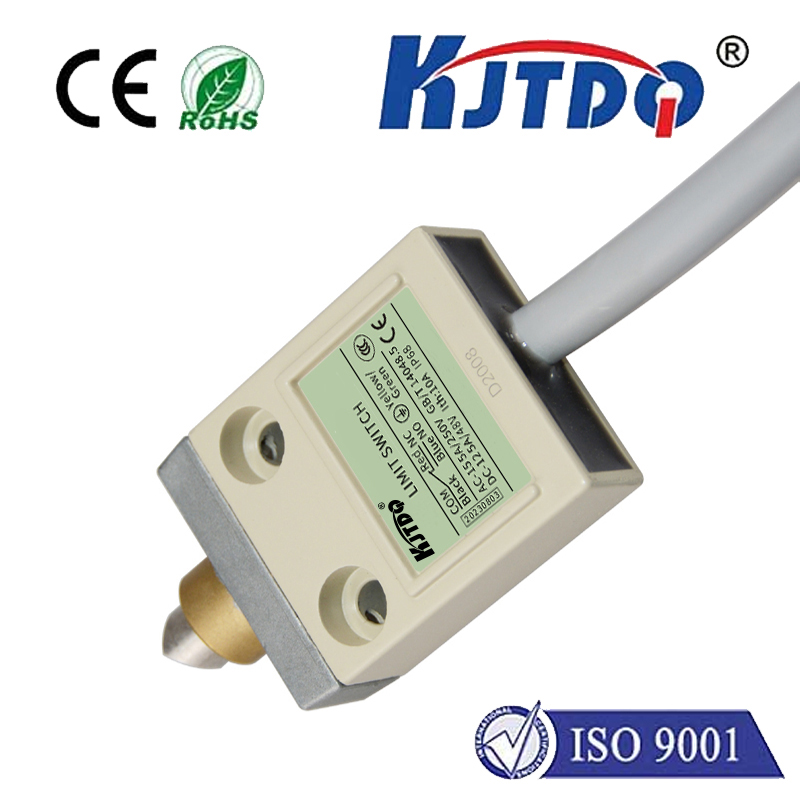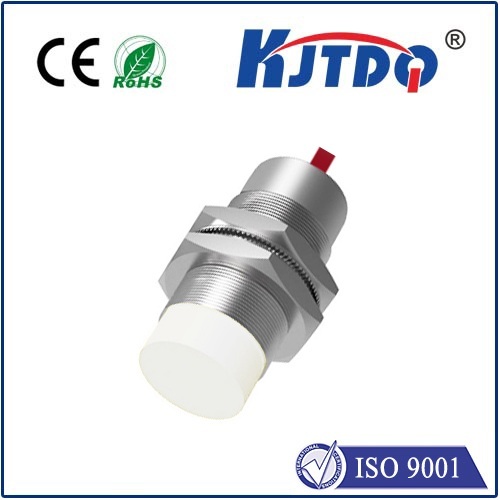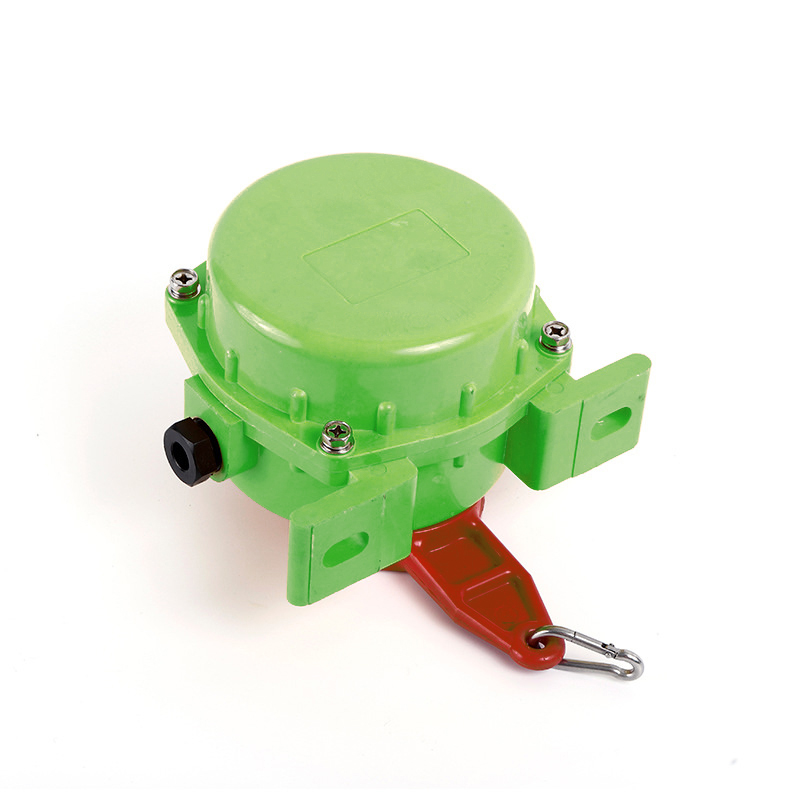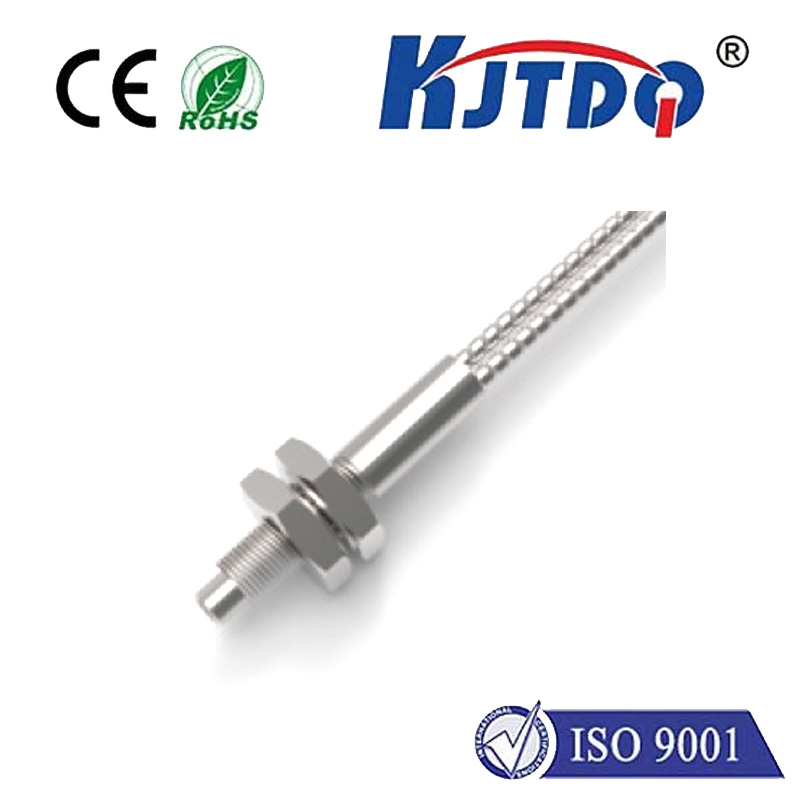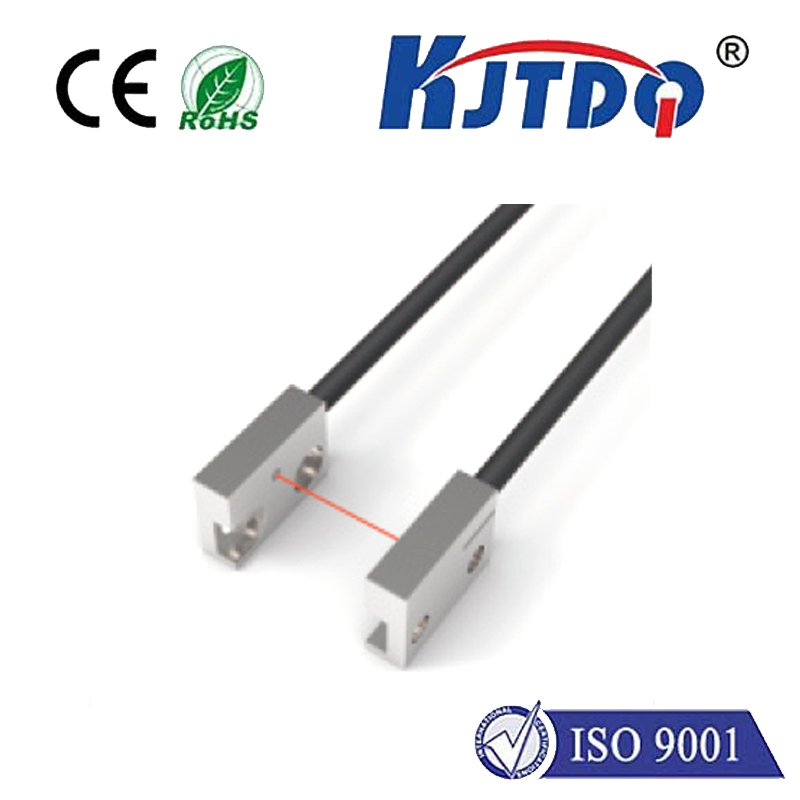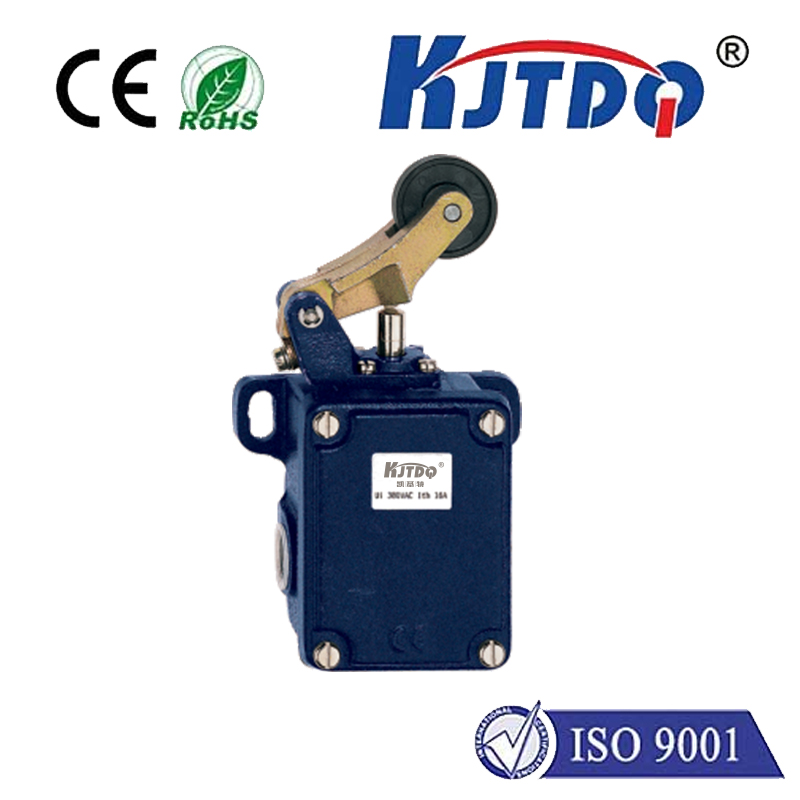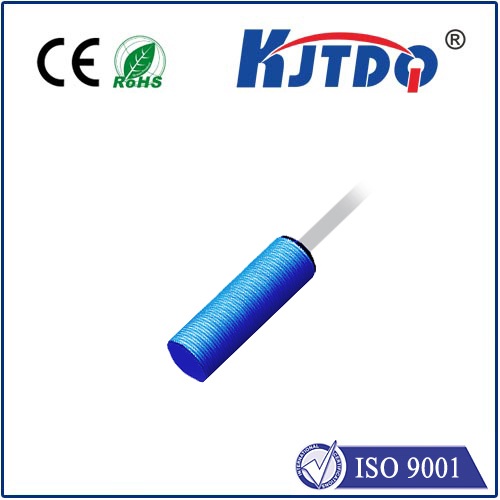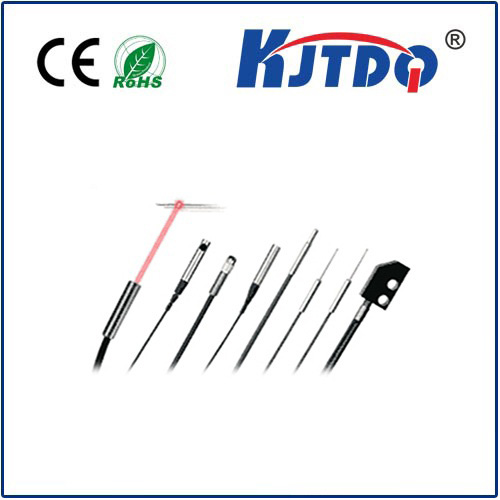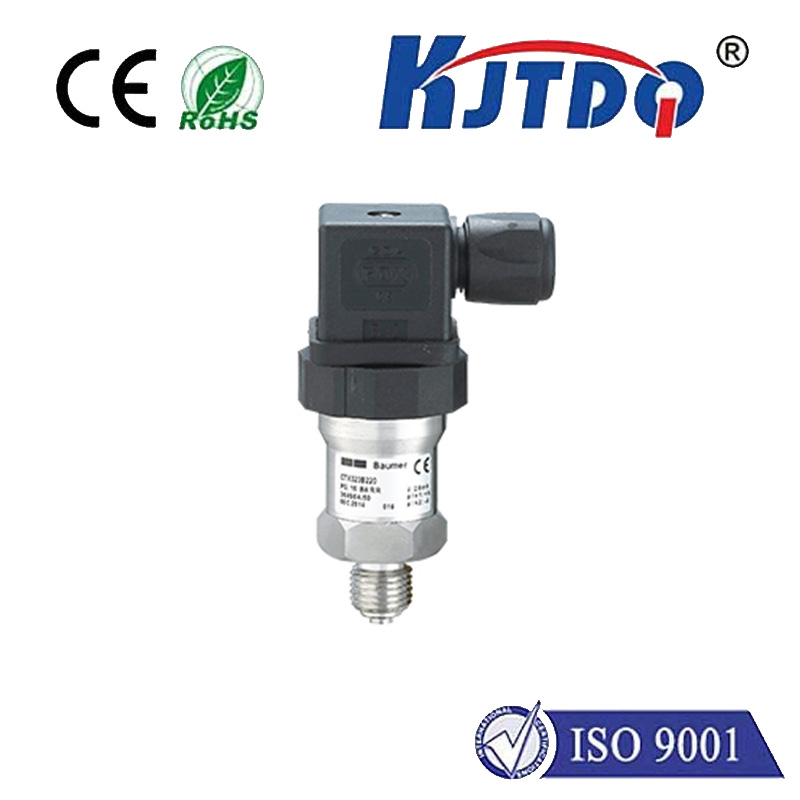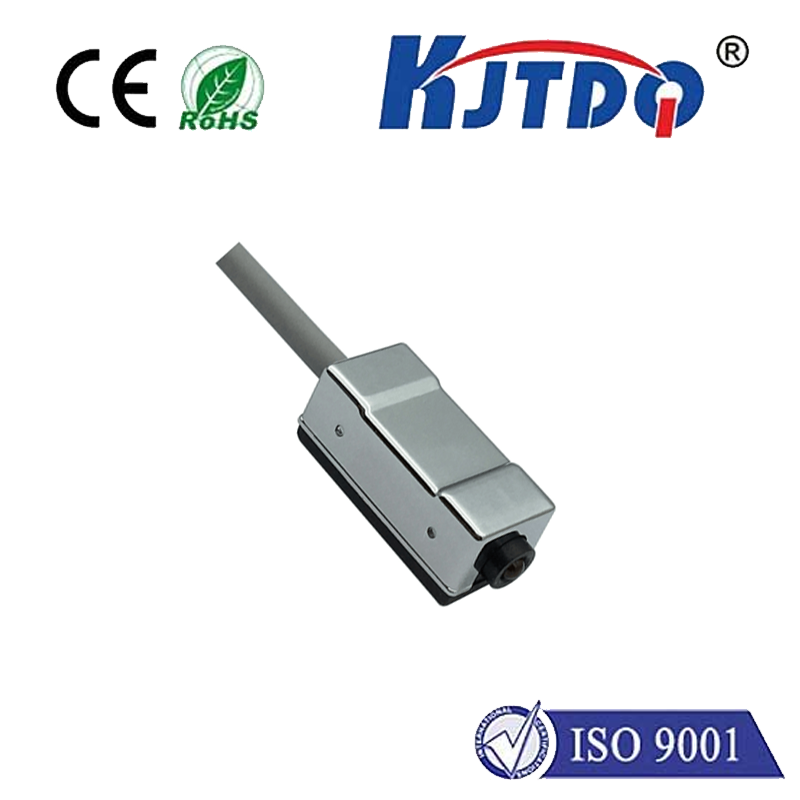120 volt proximity switch
- time:2025-06-15 02:12:33
- Click:0
The Power of 120 Volt Proximity Switches in Modern Automation
Imagine a bustling factory assembly line. Components whizz past robotic arms, precise timing is paramount, and a single missed detection could mean costly downtime or defective products. For decades, workers relied on mechanical limit switches, physical contacts prone to wear and tear, demanding constant adjustment and replacement. Then came a revolution: the proximity switch. Specifically, the robust and widely adopted 120 volt proximity switch emerged as a cornerstone solution, offering unparalleled reliability in sensing metallic objects without any physical contact. This shift fundamentally transformed industrial sensing, moving operations away from mechanical vulnerability towards solid-state dependability.
Understanding the Core: What is a Proximity Switch?
At its heart, a proximity switch is an electronic sensor designed to detect the presence or absence of a metallic target – typically ferrous metals like iron or steel, and often non-ferrous metals like aluminum, brass, or copper – without requiring physical touch. This non-contact sensing is its defining superpower. Internally, most common types are inductive proximity sensors. These work by generating an electromagnetic field from a coil within the sensor head. When a metallic object enters this field, it induces eddy currents on the target’s surface. This interaction causes a detectable change in the sensor’s internal oscillation circuit. An integrated solid-state output switch (like a transistor) then reacts to this change, signaling the target’s detection by opening or closing an electrical circuit.

Why 120 Volts AC Stands Out
While proximity switches come in various voltage ratings (12V DC, 24V DC, 240V AC, etc.), the 120 volt AC proximity switch holds a position of particular significance, especially in regions like North America where 120V AC is the standard mains voltage. Its prominence stems from several distinct advantages:
- Simplified Installation & Wiring: Devices operating directly on 120 volts AC can often be plugged directly into standard outlets or wired into existing 120V AC control circuits. This eliminates the need for separate step-down transformers or DC power supplies that lower-voltage DC sensors (like 24V DC) typically require. This translates to faster setup, reduced component costs, and less complex panel design.
- Enhanced Immunity to Electrical Noise: Industrial environments are notoriously noisy, filled with electromagnetic interference (EMI) from large motors, drives, and welding equipment. The higher signal voltage inherent in 120V AC operation generally provides a stronger signal level compared to lower-voltage DC sensors, making these switches inherently more resistant to electrical noise. This leads to fewer false triggers and greater operational stability in challenging electrical environments.
- Direct Control of Higher-Power Loads: The higher switching capability of many 120V AC proximity sensors allows them to directly control devices like solenoids, contactors, pilot lights, and smaller motors that run on the same voltage, often without needing an intermediate relay. This simplifies control logic and reduces points of failure.
- Robustness & Longevity: Designed for demanding industrial use, quality 120V proximity switches feature rugged housings (often rated IP67 or higher) resistant to dust, moisture, oils, and vibration. The absence of moving parts within the sensing mechanism itself makes them virtually immune to wear caused by physical contact, ensuring exceptional long-term reliability and minimal maintenance compared to mechanical switches.
Ubiquitous Applications: Where 120V Proximity Switches Work
The versatility and robustness of 120V AC proximity sensors make them indispensable across countless industrial and commercial settings:
- Conveyor Systems: Detecting the presence, position, or absence of parts, boxes, or pallets on production lines for process control, counting, and sorting.
- Machine Tooling: Precise position sensing of tool holders, workpieces, slides, and clamps on lathes, mills, and presses (e.g., IJ12A3-4-Z/BX models are common in CNC limits).
- Material Handling: Monitoring positions of robotic arms, forklifts, and automated guided vehicles (AGVs).
- Packaging Machinery: Ensuring proper positioning of bottles, cans, and packaging materials.
- Assembly Automation: Verifying component presence before assembly operations commence.
- Door & Hatch Position Monitoring: Safely detecting the open/closed state on machinery guards or industrial ovens.
- Liquid Level Control: Detecting metal floats within tanks.
Key Considerations for Selection
Choosing the right 120 volt proximity switch involves more than just voltage. Critical factors include:
- Sensing Range: The maximum distance at which the sensor can reliably detect your specific target material. Consider installation constraints and required clearances.
- Target Material: Standard inductive sensors are optimized for ferrous metals. For reliable detection of non-ferrous metals like aluminum or brass, look for “Factor 1” sensors designed specifically for universal metal detection.
- Housing Size & Shape: Cylindrical (e.g., M12, M18, M30) and rectangular block styles are common. The choice depends on mounting space and orientation requirements.
- Output Configuration: Normally Open (NO) or Normally Closed (NC) contacts? 3-wire (PNP or NPN transistor outputs) or 2-wire (direct AC switching) configurations? Match this to your control system’s input requirements.
- Environmental Rating: Ensure the Ingress Protection (IP) rating (e.g., IP67, IP68K, IP69K) is suitable for the operating environment – resistance to dust, water, oils, chemicals, and temperature extremes is crucial.
- Mounting: Consider embeddable (flush mountable) or non-embeddable styles based on the sensor’s required proximity to metal mounting surfaces.
The 120 volt proximity switch represents more than just a component; it embodies a strategic solution for achieving robust, contactless sensing in demanding industrial environments. Its seamless integration with standard AC power systems, combined with superior noise immunity and the ability to drive higher-power loads directly, significantly reduces complexity and enhances reliability. By understanding their operating principles, significant advantages, and key selection criteria, engineers and maintenance professionals can leverage the power of 120V proximity switches to build more efficient, dependable, and resilient automation systems.






